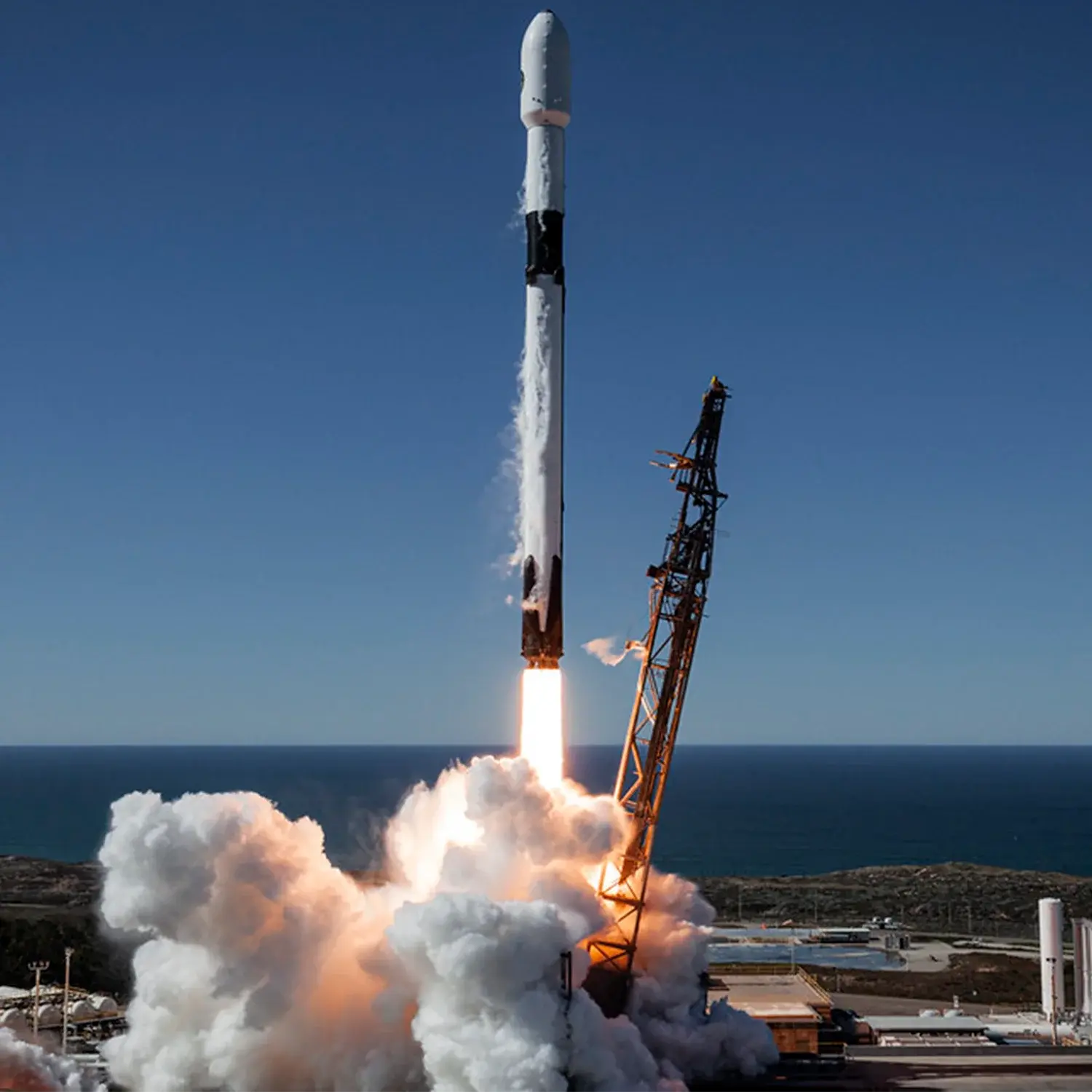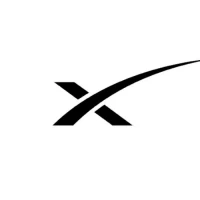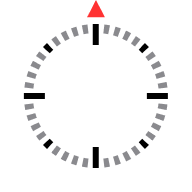TSIS-2 & Others
Liftoff Time
No Earlier Than 2027
Watch Livestream
Not Yet Available
Mission Details
TSIS-2
NASA's Total and Spectral Solar Irradiance Sensor – 2, or TSIS-2, will measure the Sun's energy input to Earth. Since 1978, various satellites have measured the Sun’s brightness above Earth’s atmosphere. TSIS-2 will add solar irradiance measurements to four decades of continuous data records. Unlike its predecessor TSIS-1, which operates from the International Space Station, TSIS-2 will ride on a free-flying spacecraft. Measurements of Earth’s solar energy input are simply a measurement of the Sun’s brightness at the top of Earth’s atmosphere. TSIS-2 measures the brightness of the sun that reaches the earth called total irradiance, as well as the distribution of that energy over ultraviolet, visible, and infrared wavelengths, called spectral irradiance. TSIS-2 comprises two instruments, the Total Irradiance Monitor (TIM), and the spectral Irradiance Monitor (SIM). TIM measures total brightness and SIM measures spectral irradiance over a wavelength range that includes 96% of the energy in the solar spectrum. Both instruments are similar to those used for the TSIS-1 mission. Decades of measurements have shown the Sun's brightness fluctuates up and down by a small, but important ~0.1 percent over an 11-year solar cycle. While Earth’s upper atmosphere is sensitive to these changes in sunlight, this variation in total irradiance is too small to explain recent trends in global surface temperature rise. NASA’s Goddard Space Flight Center (GSFC) has overall responsibility for the development and operation of TSIS-2 as part of the Earth Systematic Missions (ESM) program. The Laboratory for Atmospheric and Space Physics (LASP) at the University of Colorado, Boulder, under contract with NASA, is building the TIM and SIM instruments to ensure the availability of this data to the scientific community.
Sun-Synchronous Orbit
1 Payload
Rideshares
Rideshares include: SunCET, CubIXSS, SPARCS, and others.
Sun-Synchronous Orbit
Rocket


Agency
SpaceXPrice
$69.75 million
Rocket
Diameter: 3.7m
Height: 70m
Payload to Orbit
LEO: 22,800 kg
GTO: 8,300 kg
Liftoff Thrust
7,607 Kilonewtons
Fairing
Diameter: 5.2m
Height: 13m
Stages
2
Launch Site

SE
SW
Launching
South